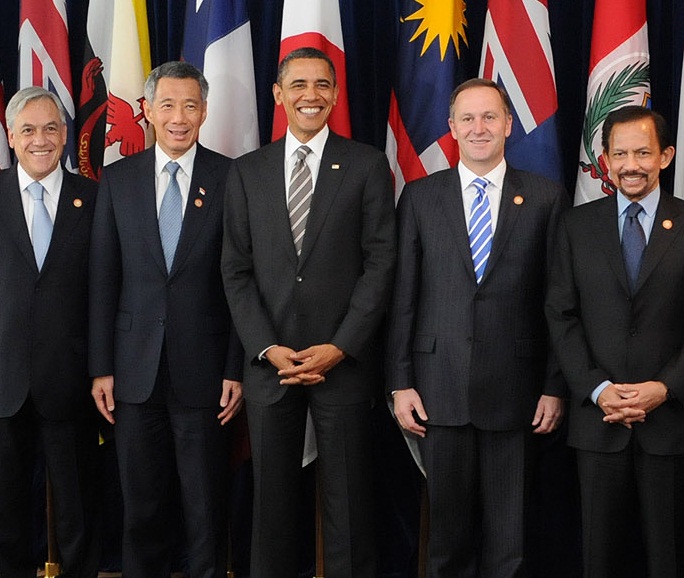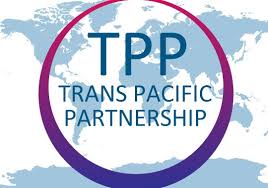

About 80 per cent of respondents said they expect the TPP to affect their business practices. However, the level of impact depends on the rules of origin and market access provisions, she said. Hughes concluded by saying that the final agreement contains a yarn-forward rule of origin and limited short-supply list, though they remain hopeful it will also include many opportunities for fashion brands, retailers, importers, and wholesalers to expand their global businesses.
Cambodia split over TPP
The successful conclusion of the TPP though, received different responses. In Cambodia, industry insiders are split over whether or not the new pact will limit the Kingdom’s trade growth potential in the US market and see future investments diverted to Vietnam.
The 12 members of the TPP agreed on a framework that would liberalise trade between the members and foster inclusive development and promote innovation across the Asia-Pacific region.
Secretary-General of the Garment Manufacturers Association of Cambodia, Ken Loo, felt that while the agreement was expected, it could eat into the Kingdom’s already declining economic competitiveness, which is plagued by rising labour costs and logistical deficiencies.
He added that the TPP will remove most tariffs in the textiles and apparel segment, apart from a few sensitive products where tariffs will be eased off over a longer time frame. This, at the end, he said may act as an advantage for Vietnam with a rise in their garment exports.
Other important nations at advantage
Vietnam undoubtedly seems to be the biggest winner in this agreement, where the booming garment and shoe industries are set to benefit from the elimination of tariffs in the US and other major importing nations.
Besides Vietnam, experts feel that the Japanese car and auto parts and Malaysia’s electronics and semiconductor industry will also benefit from the trade deal. Eventually, China too could join in, if it meets the environment and labour standards.
South Korea too will be affected by the TPP. In free trade agreement (FTA) terms, the country has an edge over Japan, but there is a more positive side for Japan from TPP membership in terms of cumulation of origin (terms). Japan has an applied tariff rate of less than one per cent for South Korean exports there, while South Korea’s tariff rate on Japanese imports is over seven per cent. Japan’s non-tariff barriers are beyond resolution by an FTA, and South Korea’s has a technology edge in key parts and materials areas.
For Australia too, the benefits are immense. About A$9 billion of import taxes from Australian trade will be removed and the country will have access to the US sugar market. Also, tariffs will be reduced on iron and steel products, pharmaceuticals, machinery, paper and auto parts, which will help the Australian manufacturers.
For New Zealand, 93 per cent of the tariffs will be removed with its TPP partners representing annual savings of about NZ$259 million ($168 million). The dairy industry itself will save around NZ$102 million a year; this industry accounts for about a quarter of exports. Tariffs on beef exports will be eliminated with the exception of Japan where they will drop to 9 per cent from 38.5 percent.
Indian exports too would be affected by the TPP, though it has stayed away from the pact. India will now have to compete with regard to exports from other TPP members. FTA negotiations with the EU for maximum gains, is something India needs to relook into. Also, India’s strategic ambition of membership of APEC should factor in TPP. India’s foreign policy has been robust in this regard and has succeeded in creating strategic goodwill for the country’s entry in APEC. However, the country’s trade policy has to match up to the goodwill. Thus, TPP may have brought on its biggest challenge for convergence in foreign and trade policies for India.
The biggest trade agreement in history, the TPP, according to the White House, will eliminate 18,000 tariffs on U.S.-manufactured goods, while giving everyone from Vietnamese shrimpers to New Zealand dairy farmers’ cheaper access to markets across the Pacific. However, critics say, this will kill American manufacturing jobs, reduce environmental standards and raise drug prices.
Ustr.gov/tpp












